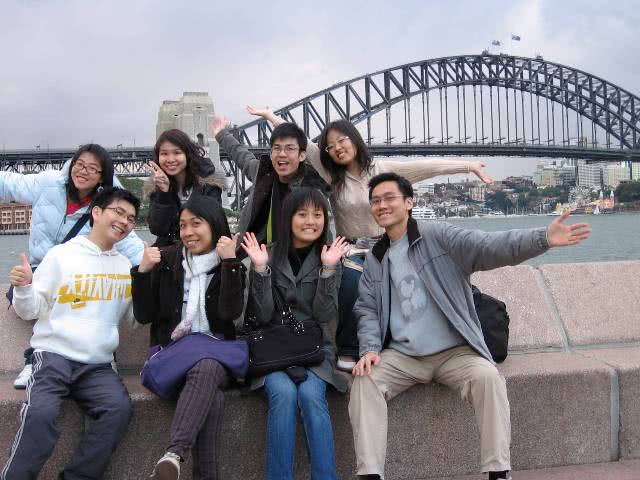9,315 onshore asylum visas were applied for by people of Chinese heritage in Australia in 2017-18, ABC reports.
When compared with the 2,269 who claimed in 2016-2017 it’s clear that things have taken a turn in the world’s biggest country (population and economically speaking).
Overall, the total number of onshore asylum claims rose by 225% over the 2017-2018 period, with Chinese people making up just over a third of that number.
It puts China well ahead of Indonesia, Iran and Bangladesh as the biggest ethnic group seeking asylum in the country.

The figures detailing ethnic groups applying for asylum in Australia, and how those figures have grown
Despite the huge growth in claims, Chinese asylum applicants also had one of the lowest rates of successful claims, with just 10% of claims being found as genuine.
Transcripts taken from hearings at the Administrative Appeals Tribunal (AAT), which can overturn rejected applications from the foreign affairs department, revealed that key reasons people were fleeing China included being a ‘love child’, Christian, a cult member or part of the LGBT community.
One woman reportedly applied for asylum due to being refused access from healthcare and education, a punishment served to her family after she was born outside of China’s strict family planning laws, which aim to limit families to one or two children in an effort to curb population growth.
Another woman feared returning due to her parents becoming members of the banned Eastern Lightning Church, a cult which made headlines in 2014 when members beat a woman to death in a McDonald’s.
“The Church of Almighty God is not an evil cult sect, and neither am I a pagan,” she told ABC.
Both applications were rejected by the AAT.

A sign protesting the alleged killing of Falun Gong members for organ harvesting. Falun Gong was labelled an “evil cult”
Many migrants are claiming after arriving in Australia on temporary visas, included among them being the fast-growing student visas.
Associate professor of law at Murdoch University Mary Anne Kenny noted that an obvious reason for the spike was the chance for claimants to obtain a bridging visa while awaiting the outcome of their claim.
“Once you are in the country, either as a tourist or a student, if you then apply for a protection visa, you are eligible for a bridging visa” she said.
“It doesn’t cost very much to make an application and you can then extend your period of stay here, because you will be on the bridging visa while your application is [being] determined.”
Concerns have been raised that in particular students have been taking advantage of the extension of visas when applying for protection, in order to stay in the country for extended time.
A significant number of applicants chose not to show present themselves at their appeals, raising suspicion that many claims were fraudulent.
Ms Kenny admitted that “here may well be fraudulent behavior…because they may very well know that this has been successful for other people in extending the time of their stay even though they are not genuine refugees.”
“An assessment of whether an asylum seeker engages Australia’s protection obligations is based on the individual merits of each case”, a spokesman told the ABC.



































